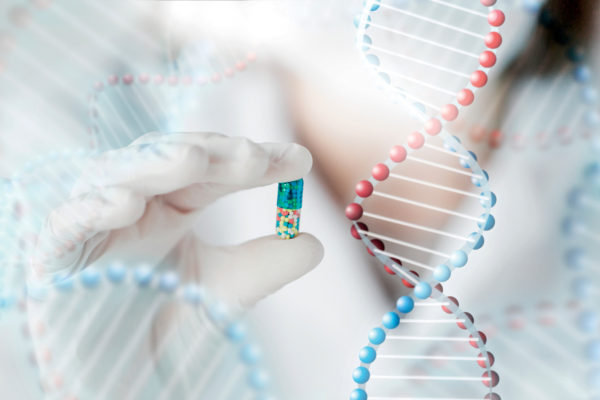Some types of cancer and other diseases are treated with a drug containing radioactive material that targets the tumor. However, the drug can also be deposited in healthy organs, potentially damaging the kidneys, gut or bone marrow.
Abhinav Jha, a biomedical engineer at the McKelvey School of Engineering at Washington University in St. Louis; students in his lab; and collaborators at the School of Medicine have developed a way to measure the distribution of alpha-particle emitting radiopharmaceutical therapy.

Alpha particles are a form of radiation that have a highly localized potent toxic effect on cells. In a variety of tests, the team found that the proposed low-count quantitative single-photon emission computed tomography (LC-QSPECT) method provided reliable measurements of the radionuclide uptake. The information helps guide care for patients who received such treatment.
Research results were published online in the journal IEEE Transactions on Radiation and Plasma Sciences in May.
Read more on the engineering website.


